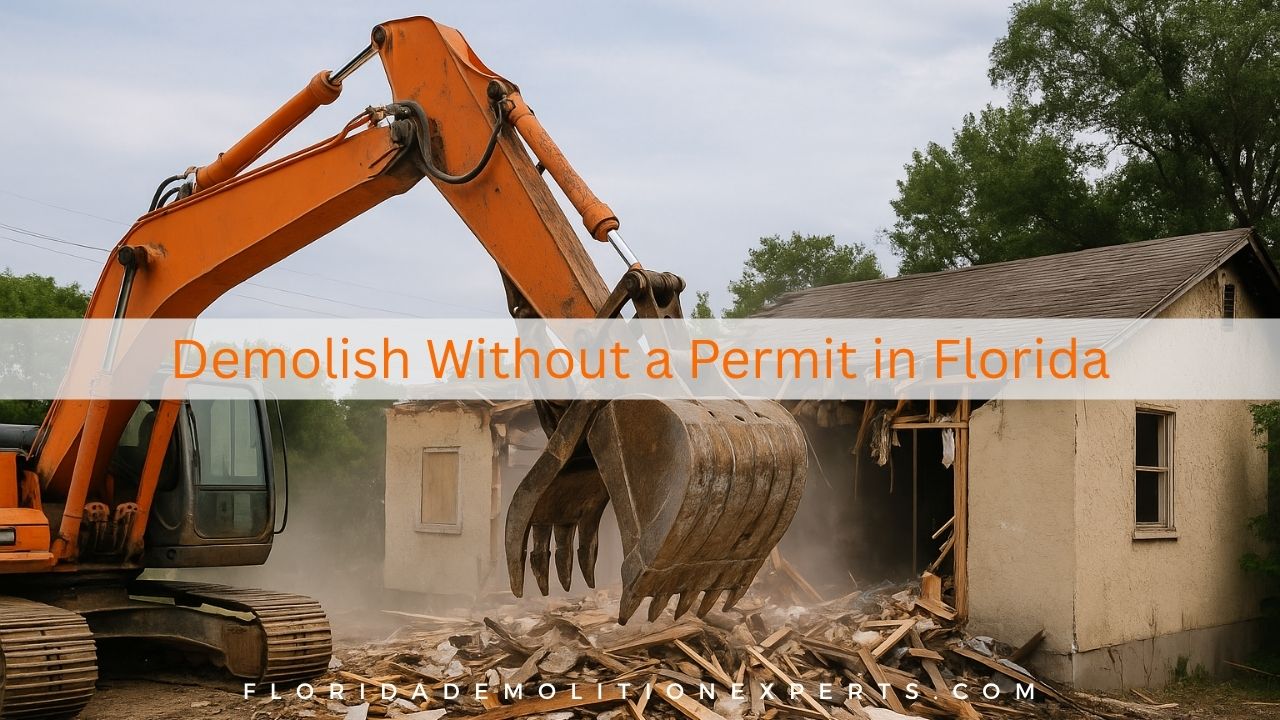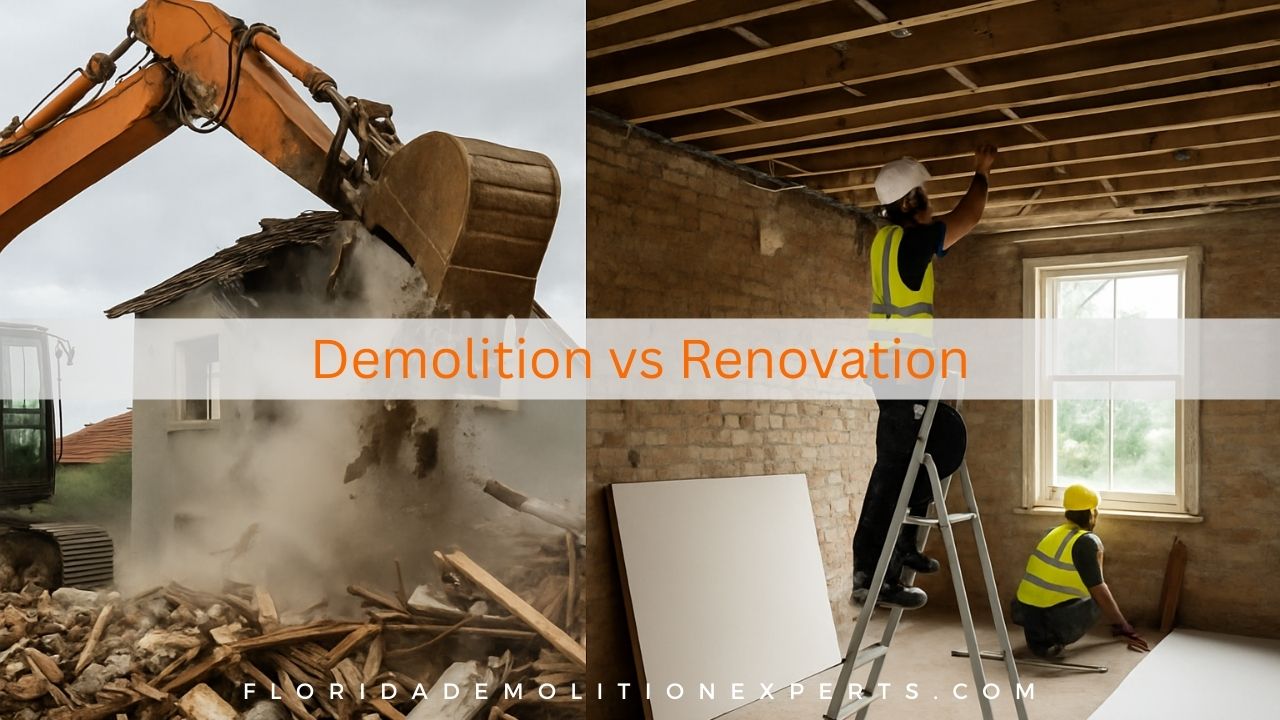Renovating your bathroom often begins with demolition. For many homeowners, this step is part of a larger residential demolition process, especially when updating older spaces. While tearing out old tiles, tubs, and vanities may sound straightforward, it requires planning, the right tools, and a focus on safety. Doing it properly saves time and money and prepares your space for a smooth remodeling.
Step 1: Plan and Gather Tools
Before swinging a hammer, take time to prepare. Clear out all personal items and cover nearby areas to protect them from dust.
Standard tools you will need include a pry bar, hammer, utility knife, screwdrivers, adjustable wrench, buckets, and safety gear like gloves, goggles, and a dust mask. Having everything ready ensures the job flows without unnecessary delays.
Step 2: Shut Off Water and Power
Turn off the water supply lines leading into the bathroom. Open the faucets and flush the toilet to drain remaining water. Next, shut off the electricity at the breaker to avoid accidental shocks when working near outlets or lighting fixtures. These safety steps are non-negotiable.
Step 3: Remove Fixtures and Hardware
Start with smaller items such as mirrors, towel racks, shelves, and light fixtures. Once the accessories are out, move on to sinks, vanities, and toilets. Disconnect supply lines carefully to avoid leaks. For tubs and showers, unscrew or cut away caulking before lifting them out with help, since they can be heavy.
Step 4: Take Down Tile and Flooring
Breaking up tile requires patience. Use a hammer and chisel or a rotary hammer to loosen tiles from the walls and floors. Work slowly to prevent damaging underlying structures if they are being reused. Cut sections with a utility knife and peel them away for vinyl or laminate flooring.
Step 5: Remove Drywall and Insulation if Needed
If your remodel involves new wall placement or plumbing adjustments, remove drywall. Score seams with a utility knife, then pull sheets away from studs. Always wear a mask since dust can be harmful. If insulation is present, bag it up and dispose of it properly.
Step 6: Clean Up and Dispose Responsibly
Demolition produces a surprising amount of debris. Bag smaller pieces and use heavy-duty bins or a dumpster rental for larger loads.
Check local guidelines on disposal of construction waste, especially for old materials that may contain asbestos or lead.
Safety Tips to Remember
- Wear protective gear at all times
- Work with proper ventilation
- Lift heavy items with help to avoid injury
- Keep a first aid kit nearby
Why Hire Professionals
While DIY demolition is possible, bathrooms involve water lines, electrical connections, and heavy fixtures. Mistakes can be costly and even dangerous. Hiring experienced demolition experts ensures your project is completed safely, quickly, and complies with local codes.
Next Step?
If you plan a bathroom remodel in Florida, trust the professionals who handle demolition correctly. Florida Demolition Experts brings the tools, expertise, and workforce to make your project stress-free from start to finish.
Contact them today for a consultation and start your renovation journey with confidence.






